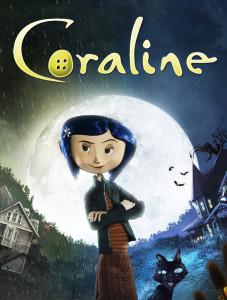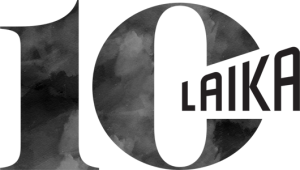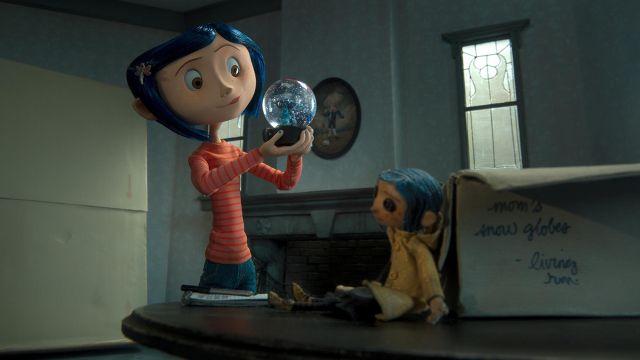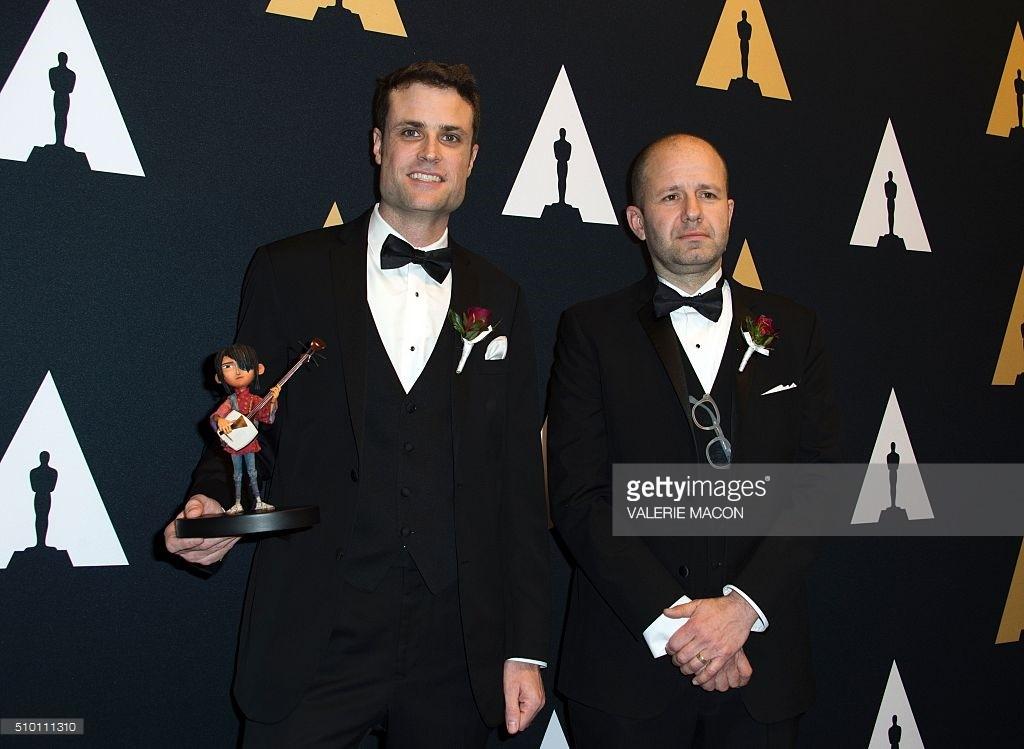 Having seen a lot of horror movies, and read a lot of ghost stories, I don’t scare as easily as I used to. In fact, I have tremendous respect for any writer who can truly scare me – not just creep me out a little, but truly scare me with that skin-crawling, I-really-wish-I-wasn’t-alone-right-now sensation. Surprisingly, it was a children’s book – that I read as an adult – that has unnerved me more than almost any other book I’ve read. Neil Gaiman’s Coraline, in which a young girl crawls through a secret passageway in her house and ends up in a dark parallel universe that closely mirrors her own life, still haunts me, several years after I read it. For some reason, I find the concept of a world where everything is just a tiny bit “off” to be more frightening than just about anything else.
Having seen a lot of horror movies, and read a lot of ghost stories, I don’t scare as easily as I used to. In fact, I have tremendous respect for any writer who can truly scare me – not just creep me out a little, but truly scare me with that skin-crawling, I-really-wish-I-wasn’t-alone-right-now sensation. Surprisingly, it was a children’s book – that I read as an adult – that has unnerved me more than almost any other book I’ve read. Neil Gaiman’s Coraline, in which a young girl crawls through a secret passageway in her house and ends up in a dark parallel universe that closely mirrors her own life, still haunts me, several years after I read it. For some reason, I find the concept of a world where everything is just a tiny bit “off” to be more frightening than just about anything else.
I tend to be an insufferable “the book was better than the movie” type, with a few notable exceptions, and while I really liked the 2009 movie version of Coraline, it didn’t give me the same terrible chills that the book did. The vision of the twisted “Other Mother” with her constantly moving, slightly too-long fingers that the book conjured up in my mind is far scarier than anything film effects could create; isn’t that always the case, though? Nothing we see onscreen is ever quite as scary as what our minds are capable of creating (again, with a few notable exceptions).
That said, animation studio Laika did an amazing job bringing the bizarre, surreal, disturbing world of Coraline to life. While it didn’t scare me as much as the book did, it definitely scared me enough, while still managing to be a stunningly beautiful piece of visual art. What I didn’t know when it came out was that Coraline’s incredible imagery was created with a lot of help from a 3D printer, or that the film made history for being the first stop-motion feature to utilize 3D printing.
 One of the drawbacks in stop-motion animation is that it has its limits when it comes to creating a variety of facial expressions. The technique, which has been around for over a hundred years, involves moving and photographing models made from clay or other materials one frame at a time so that they appear to move. Needless to say, it’s a very time-consuming process that historically didn’t leave a lot of room for subtlety and often left its characters with weirdly frozen facial expressions.
One of the drawbacks in stop-motion animation is that it has its limits when it comes to creating a variety of facial expressions. The technique, which has been around for over a hundred years, involves moving and photographing models made from clay or other materials one frame at a time so that they appear to move. Needless to say, it’s a very time-consuming process that historically didn’t leave a lot of room for subtlety and often left its characters with weirdly frozen facial expressions.
Part of what made Coraline such an effective – and chilling – piece of stop-motion animation was the very real facial expressions of its characters. Coraline’s face reflects hundreds of emotions, including fear, anger, boredom, and the carefree, relaxed expression of a child at play. Director Henry Selick wanted her to be able to show subtle emotion as well as the broad, exaggerated expressions typical of animated films. At the time, the most common technique used to animate the faces of stop-motion characters was replacement animation, which involved sculpting several different facial expressions and applying them to the figures between frames.
Selick had used the technique in 1993’s The Nightmare Before Christmas, but the range of facial expressions in that film were still limited with only a few hundred sculpted faces. He wanted more for Coraline, so he decided to experiment with 3D printing, which in 2009 was still an unknown technology to a lot of people.
“We wondered if we could harness the power of the computer and this new, emerging 3D printing technology to take replacement animation and allow it to do both with more facial options,” said Brian McLean, Laika’s director of rapid prototype.
Not only did it work, but it became Laika’s hallmark. The studio’s 3D printer created a total of 6,333 faces for Coraline, allowing for 207,000 possible facial expressions. The designers were very careful to “keep that authentic, handmade look – not make it look too ‘computery,'” according to Martin Meunier, who was Laika’s facial animation designer at the time. Laika, which just turned 10 years old, won a multitude of awards for Coraline, and since that release the studio has gone on to create several other stop-motion films, including The Boxtrolls and ParaNorman, that use 3D printed faces to make their animated characters almost disturbingly human.
McLean and Meunier were presented with a Scientific and Engineering Award at the Academy of Motion Picture Arts and Sciences’ Scientific and Technical Awards on February 13. The two were honored for bringing 3D printing into stop-motion animation, thereby enabling, as the Academy states, “artistic leaps in character expressiveness, facial animation, motion blur and effects animation” – not to mention creating scary and beautiful imagery that will stick in your mind for years. Discuss your favorite Laika movie in the Laika Honored for 3D Printing forum over at 3DPB.com.
Subscribe to Our Email Newsletter
Stay up-to-date on all the latest news from the 3D printing industry and receive information and offers from third party vendors.
You May Also Like
Gorilla Sports GE’s First 3D Printed Titanium Cast
How do you help a gorilla with a broken arm? Sounds like the start of a bad joke a zookeeper might tell, but it’s an actual dilemma recently faced by...
Nylon 3D Printed Parts Made More Functional with Coatings & Colors
Parts 3D printed from polyamide (PA, Nylon) 12 using powder bed fusion (PBF) are a mainstay in the additive manufacturing (AM) industry. While post-finishing processes have improved the porosity of...
$25M to Back Sintavia’s Largest Expansion of Metal 3D Printing Capacity Since 2019
Sintavia, the digital manufacturing company specializing in mission-critical parts for strategic sectors, announced a $25 million investment to increase its production capacity, the largest expansion to its operations since 2019....
Velo3D Initiates Public Offering in a Bid to Strengthen Financial Foundations and Drive Future Growth
Velo3D (NYSE: VLD) has been among a number of publicly traded 3D printing firms that have attempted to weather the current macroeconomic climate. After posting a challenging financial report for 2023,...


































